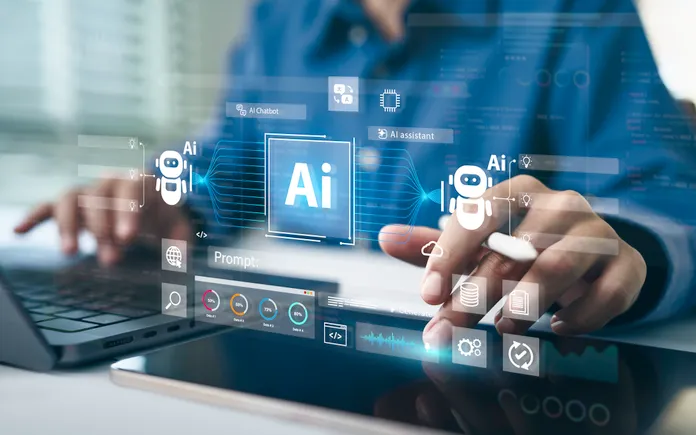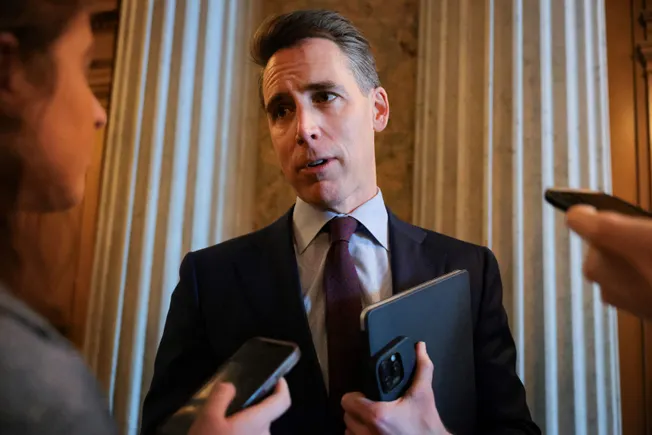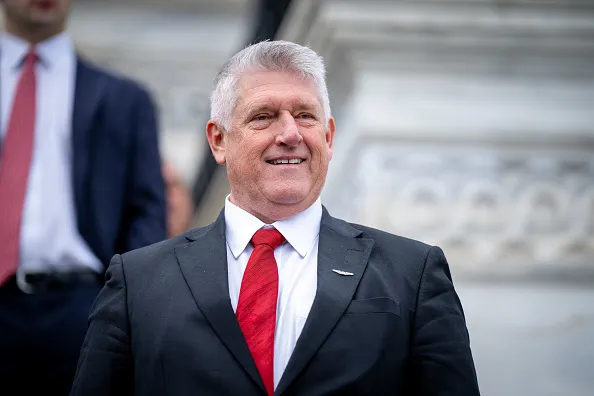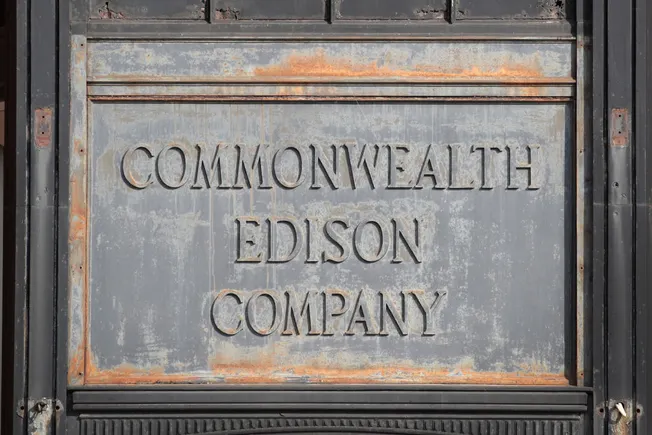Hiring and retaining talent remains the HR function’s most vexing and persistent challenge—but another focus area is quickly rising up the agenda for today’s HR professionals: change management.
HR Executive’s recent What’s Keeping HR Up at Night? survey of nearly 400 HR and tech professionals found that talent attraction and retention continue to be the top-cited challenge, but to a lesser degree than in years past, as the function increasingly is tasked with navigating AI-driven transformation.
In 2023, 36% of respondents said hiring and retention was their biggest obstacle, a figure that fell to 32% last year and 26% in 2025. Meanwhile, when HR Executive introduced change management last year as a potential challenge in the survey, it ranked fifth. But one year later, it jumped to the third biggest obstacle, followed closely by other change-related topics: AI transformation within HR and organizational transformation.
The findings are reflected in recent research by Sapient Insights Group, as referenced by Stacey Harris, chief research officer and managing partner, during her keynote about the evolving role of strategic HR during isolved’s Connect for People Heroes conference this week in Philadelphia.
“For the first time in five years,” Harris said, “we’re seeing more people invest in change management.”
Yet while change and transformation are landing on the shoulders of HR professionals, many aren’t approaching it effectively. Gartner research recently found that less than one-third of leaders across the globe report that they’ve been successful at bringing their employees along on a change journey. Researchers say a primary obstacle to change management efforts is how leaders think about change itself: They often try to “inspire” employees to get behind the shifts; instead, leaders who reframe change as routine can manage that change three times more effectively.
The journey toward real, AI-driven transformation of work is going to take some “very heavy lifting—some real change,” said Bill Burnett, vice president of product marketing at LinkedIn, during the company’s recent Talent Connect conference.
At the event, Calm Chief Purpose Officer Jay Shetty also highlighted the necessity of new approaches to change management in this age of AI.
“We often say we fear change, but what we really fear is having to leave behind the things that were useful,” Shetty said, noting employees are clinging to old tools, habits, mindsets and rules of work. “[With AI], it feels impossible to leave behind what got us here.”

Shetty, who spent several years as a monk, pointed to a Buddhist teaching about adaptability, which he says can guide HR’s modern change management work.
In the story, a person encounters a fast-flowing river on a journey. They know they’ll be swept away if they try to cross, Shetty explained. So, they find bamboo and rope and fashion a raft that gets them to the other side. “They think, ‘This raft saved my life; I’m going to carry it with me wherever I go.’”
The traveler straps the raft to their back and sets off, soon coming upon a forest of tall, crowded trees. “They could hold on tightly to that raft and never get through—or leave it behind,” he said.
Likewise, the world of work is going to continuously change and present employees and employers with new obstacles, Shetty said. It’ll be up to HR to help their organizations think about change as an opportunity to shed what doesn’t serve them in the current context and embrace new ways of getting to the other side.
“Adapting doesn’t always look like growth,” he said. “Sometimes, it’s a question of whether what you’re holding onto is actually holding you back.”
A framework for adaptability
Thasunda Brown Duckett, president and CEO of TIAA, said during Talent Connect that “change in business today is absolutely constant.” It’s necessary, inevitable and universal.
“We’re all working through it as leaders, which sounds terrific, until it happens,” Brown Duckett said.
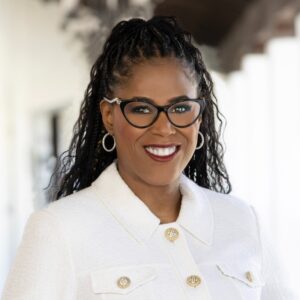
The potential that transformation brings is only attained if HR can help guide the workforce through the change. This, Brown Duckett said, can be fueled when employees feel a deep connection to both one another and the organization.
HR is on the “front lines” of cultivating that connection, she added, which needs to be a cornerstone of modern, HR-led change management. Focus on three priorities, Brown Duckett advised:
- Awareness: Understand—and help managers and leaders do the same—the needs of their teams, and the changes happening in their business landscape and industry. Staying connected through change requires workforces to be curious, open and enabled to challenge assumptions.
- Flexibility: Success in today’s environment requires that teams are empowered to pivot and adjust plans—and then adjust again, she said. “Be agile and willing to take calculated risks.”
- Resilience: The “bounceback” from setbacks or uncertainty is critical. “It’s about sitting in the hard,” she said. It takes strength, courage and a willingness to view failure as an opportunity for learning.
HR has the chance today to not only help their workforces adapt to ongoing change but to lead through transformation.
“Transformation isn’t a single moment,” she said. “It’s a series of adaptable choices. We have to lead through change, not just manage it. And we have to do it all while staying true to our values and mission.”




